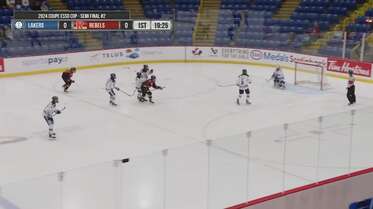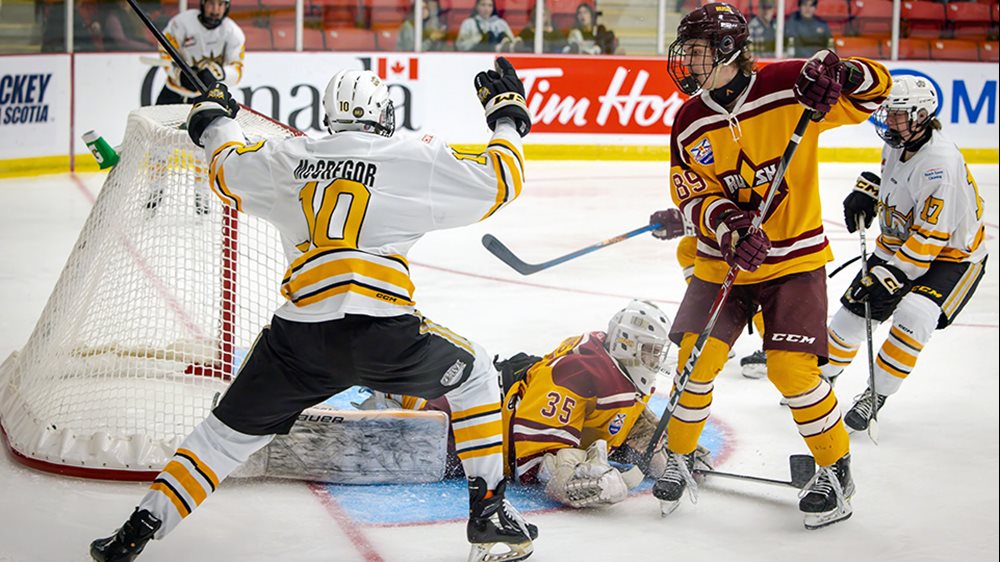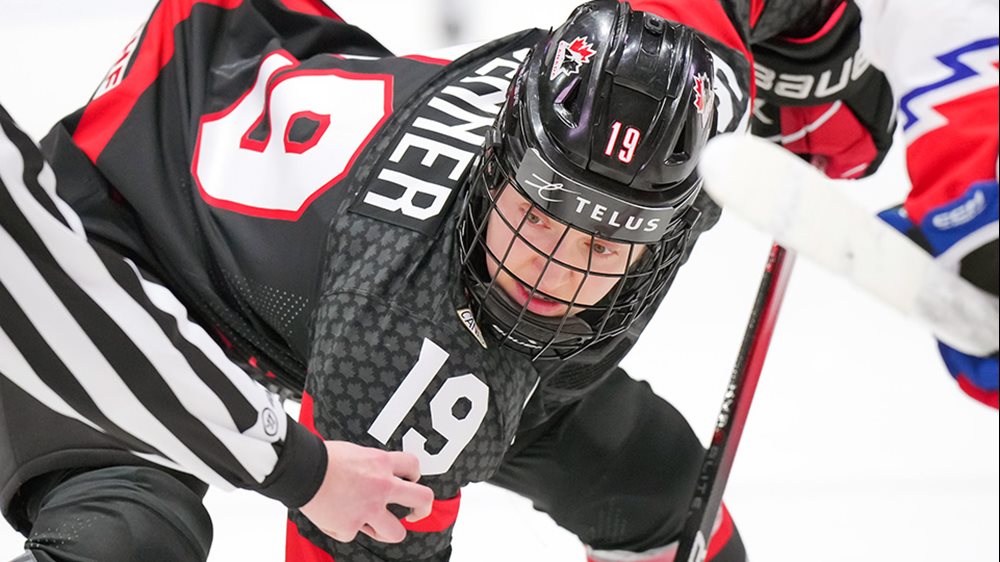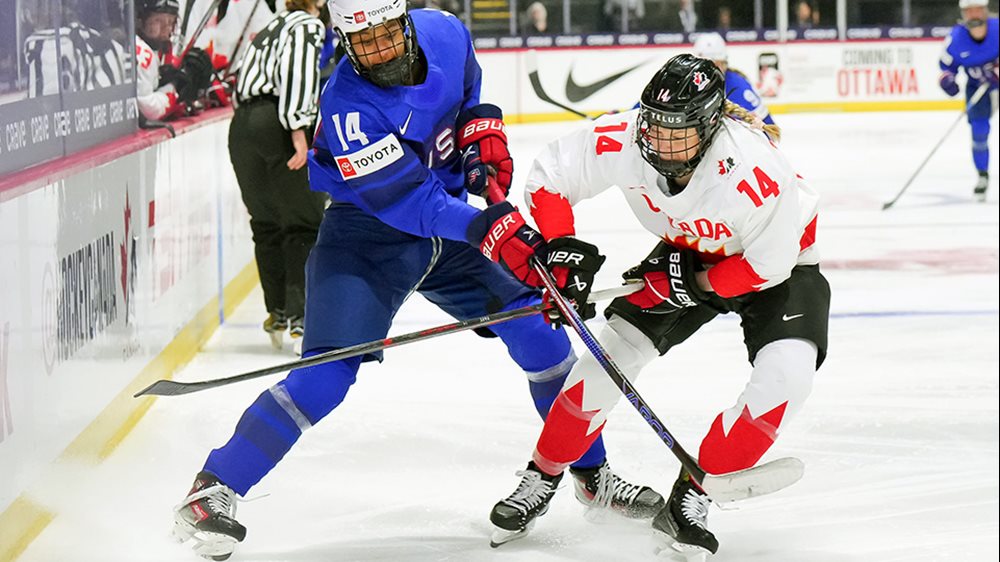
Teaming up to #EndBullying
TELUS and Hockey Canada launch The Code, an anti-bullying program designed specifically for the hockey community
Imagine if the best things about sport – ethics, honour, teamwork and sportsmanship – carried over to the online world.
Hockey Canada has teamed with TELUS on The Code, an anti-bullying program focusing on providing resources and skills for the hockey community to stay safe online and on the ice. The program will feature a pledge to #EndBullying, a playbook for behaviour on and off the ice, and engaging workshops.
To help spread the word, TELUS and Hockey Canada have teamed with an impressive roster of ambassadors – Olympic gold medallist and Hockey Hall of Fame inductee Hayley Wickenheiser, IIHF World Junior Championship and IIHF World Championship gold medallist Jordan Eberle, IIHF World Junior Championship gold medallist Max Comtois, Olympic silver medallist Jill Saulnier and Paralympic silver medallist Dominic Cozzolino.
“Being a part of The Code speaks beyond the game of hockey,” says Saulnier. “I’m excited to join forces with TELUS to take on the challenges of bullying in sport, help highlight awareness around the impact it can have and push what The Code truly means.”
Beginning this season, The Code will draw upon the robust workshop materials and content available through TELUS’ industry-leading educational digital media literacy program, TELUS Wise. Introduced in 2013, TELUS Wise offers free informative workshops and resources to help Canadians of all ages have a positive experience as digital citizens. TELUS Wise workshops and resources cover topics including protecting online security, privacy and reputation, rising above online bullying and using technology responsibly.
Now available online, The Code adult workshops are a resource for parents, coaches, administrators, volunteers and all interested adults. Impactful, engaging and informative, the workshops are designed to create positive social sportsmanship across Canada, where kind behaviour is encouraged online and on the ice.
In addition to the online resources, minor hockey teams across the country can do their part to #EndBullying by signing The Code and wearing helmet stickers (order here), showing their commitment to treating others with respect on and off the ice.
A premier marketing partner of Hockey Canada since 2004, TELUS has been a long-time supporter of the development and future success of young athletes throughout Canada. TELUS’ extensive partnership includes year-round integration with the IIHF World Junior Championship, IIHF Women’s World Championship and Hockey Canada national events, including title sponsorship of the TELUS Cup, Canada’s National Midget Championship.
The Code is just another example of how TELUS is aiding the journey through the game. To learn more, visit HockeyCanada.ca/TheCode.
For more information: |
- <
- >

























